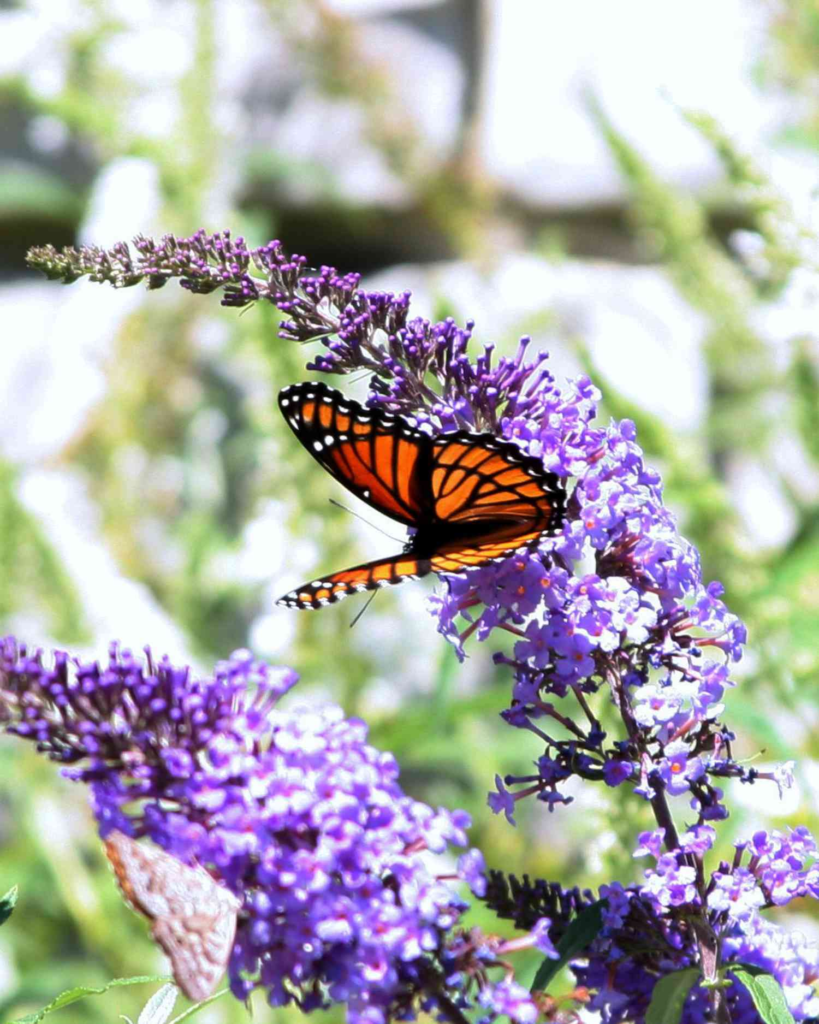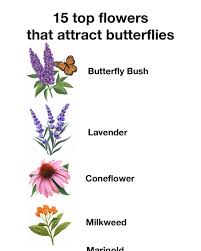By Morgan Reed, Contributing Writer
Imagine a garden filled with vibrant colors, fluttering wings, and the soft hum of nature. Butterflies bring unparalleled beauty and are essential for pollination, making them a valuable addition to any outdoor space. Cultivating a butterfly-friendly garden not only enhances biodiversity but also creates a serene retreat for you to enjoy.
In this guide, discover the top 15 flowers that butterflies adore and learn how to care for them to ensure your garden becomes a haven for these enchanting pollinators.
1. Butterfly Bush (Buddleia)
Known as the quintessential butterfly plant, the Butterfly Bush blooms with fragrant flowers from summer to fall. This low-maintenance shrub thrives in well-drained soil and requires minimal watering once established. To encourage robust growth, prune the plant after the blooming season.
2. Lavender (Lavandula)
Beloved for its calming fragrance, lavender attracts butterflies while adding elegance to your garden. Plant it in full sun and well-drained soil for optimal growth. Regular pruning promotes healthy flowering and keeps the plant shapely.
3. Coneflower (Echinacea)
Coneflowers are a butterfly favorite due to their bright, daisy-like blooms. These hardy perennials flourish in full sun and tolerate drought well. Deadhead spent flowers regularly to encourage continuous blooming.
4. Milkweed (Asclepias)
A critical plant for Monarch butterflies, Milkweed provides both nectar and a place for caterpillars to grow. It thrives in sunny areas with dry to medium moisture soil and requires little maintenance once established.

5. Marigold (Tagetes)
Bright and cheerful, marigolds are easy to grow and highly attractive to butterflies. They flourish in full sun with well-drained soil. Deadheading the blooms ensures a tidy appearance and prolonged flowering.
6. Zinnia (Zinnia elegans)
Zinnias come in a rainbow of colors, making them irresistible to butterflies. These annuals thrive in sunny spots with well-drained soil. Consistent watering and removing spent flowers prolong their blooming season.
7. Sunflower (Helianthus annuus)
Sunflowers’ large, vibrant blooms are a butterfly magnet. They require full sun, well-drained soil, and regular watering. Support taller varieties with stakes to prevent them from toppling.
8. Phlox (Phlox paniculata)
Phlox offers fragrant, colorful blooms that butterflies love. It grows well in full sun to partial shade and prefers moist, well-drained soil. Dividing the plant every few years keeps it healthy and productive.
9. Aster (Symphyotrichum)
Asters provide essential late-season nectar for butterflies. They grow best in full sun to partial shade with well-drained soil. Early season trimming encourages bushier growth and more abundant flowers.
10. Lantana (Lantana camara)
Lantana’s clusters of vivid flowers make it a butterfly favorite. This resilient plant thrives in full sun and well-drained soil. Pruning helps maintain its shape and encourages additional blooms.
11. Verbena (Verbena bonariensis)
With tall stems and clusters of purple flowers, Verbena is an elegant addition to butterfly gardens. It requires full sun and well-drained soil. Cutting back the stems mid-summer may yield a second round of blooms.
12. Salvia (Salvia spp.)
Salvia’s tubular flowers are perfectly shaped for butterfly feeding. This plant thrives in full sun and well-drained soil. Regular pruning promotes new growth and ensures continuous flowering.
13. Coreopsis (Coreopsis spp.)
Coreopsis features cheerful yellow flowers that are a magnet for butterflies. It grows well in full sun with minimal care. Deadheading encourages a longer blooming season.
14. Black-eyed Susan (Rudbeckia)
The sunny yellow petals of Black-eyed Susans are irresistible to butterflies. These hardy plants require full sun and well-drained soil, with occasional watering to keep them vibrant.
15. Joe Pye Weed (Eutrochium purpureum)
Joe Pye Weed’s towering pink blooms are a butterfly favorite. It thrives in full sun to partial shade with consistently moist soil. Cutting back the plant helps control its size and promotes fresh growth.
Final Thoughts
Building a butterfly-friendly garden is more than a visual delight—it’s a step toward supporting local ecosystems and fostering biodiversity. By selecting the right plants and providing proper care, you can create a thriving sanctuary that welcomes these delicate pollinators while enriching your outdoor space.
Which of these flowers will you start with in your butterfly haven? Share your gardening plans and experiences in the comments below!
